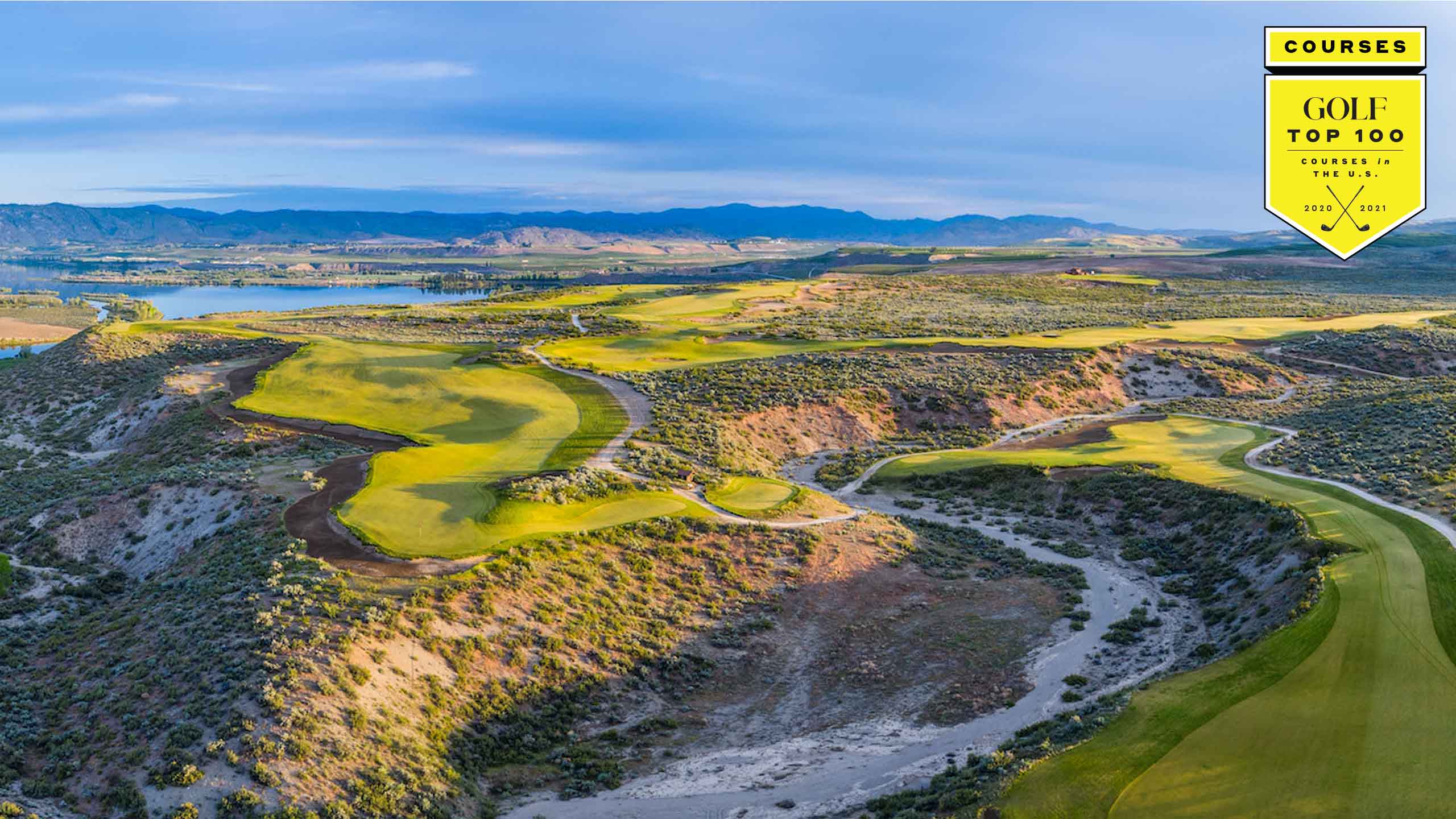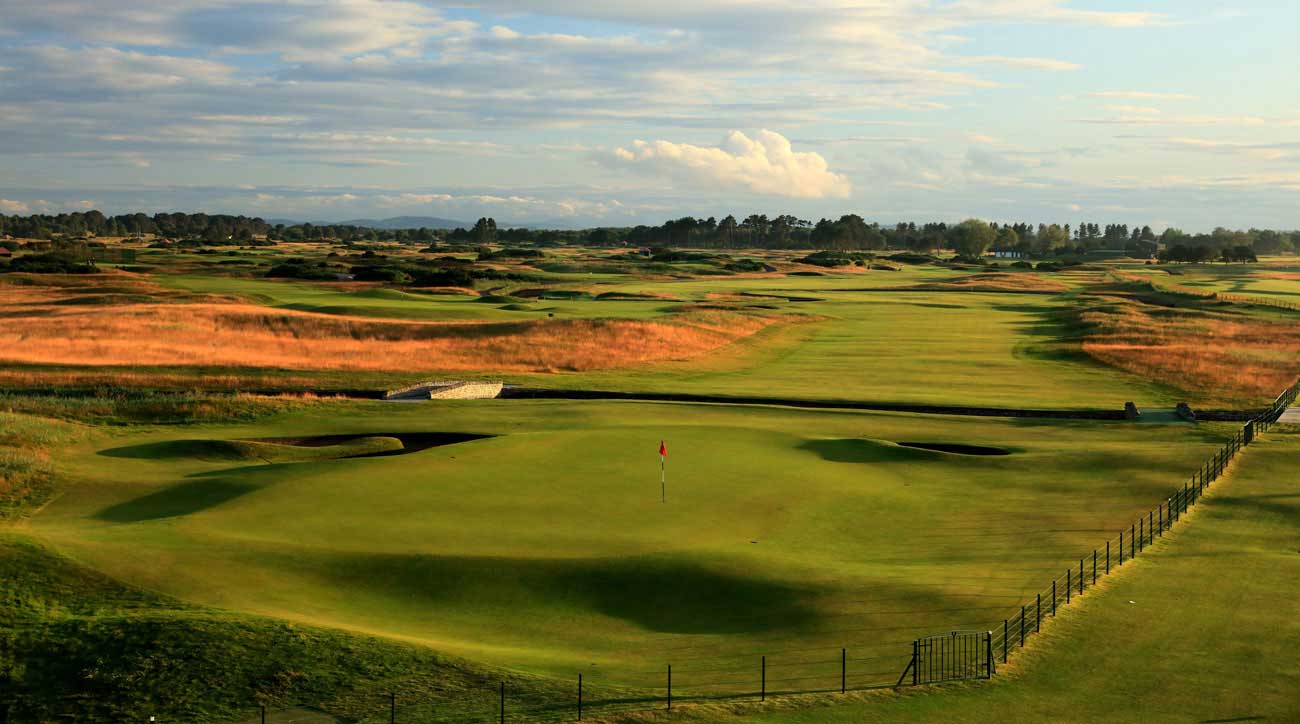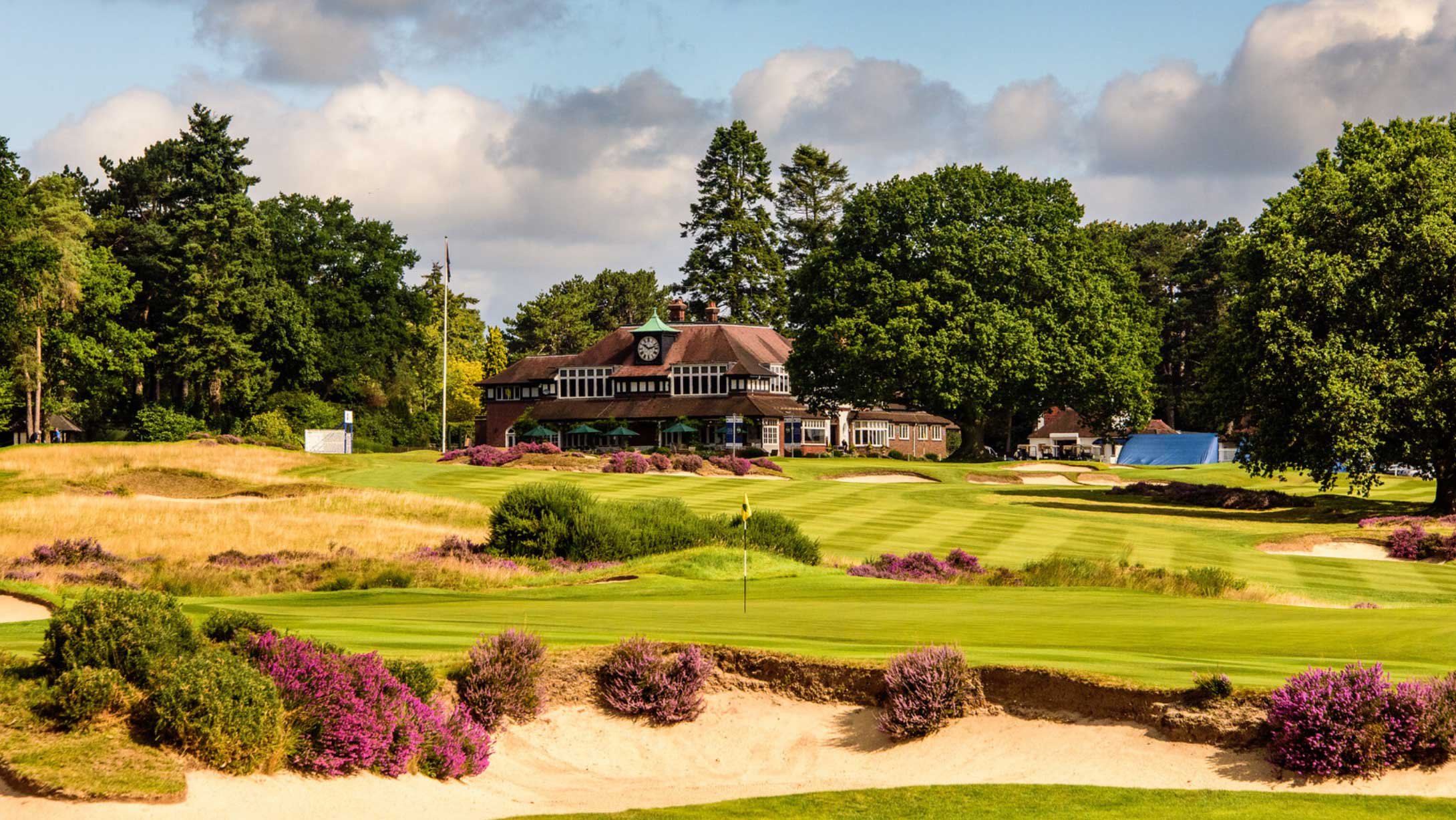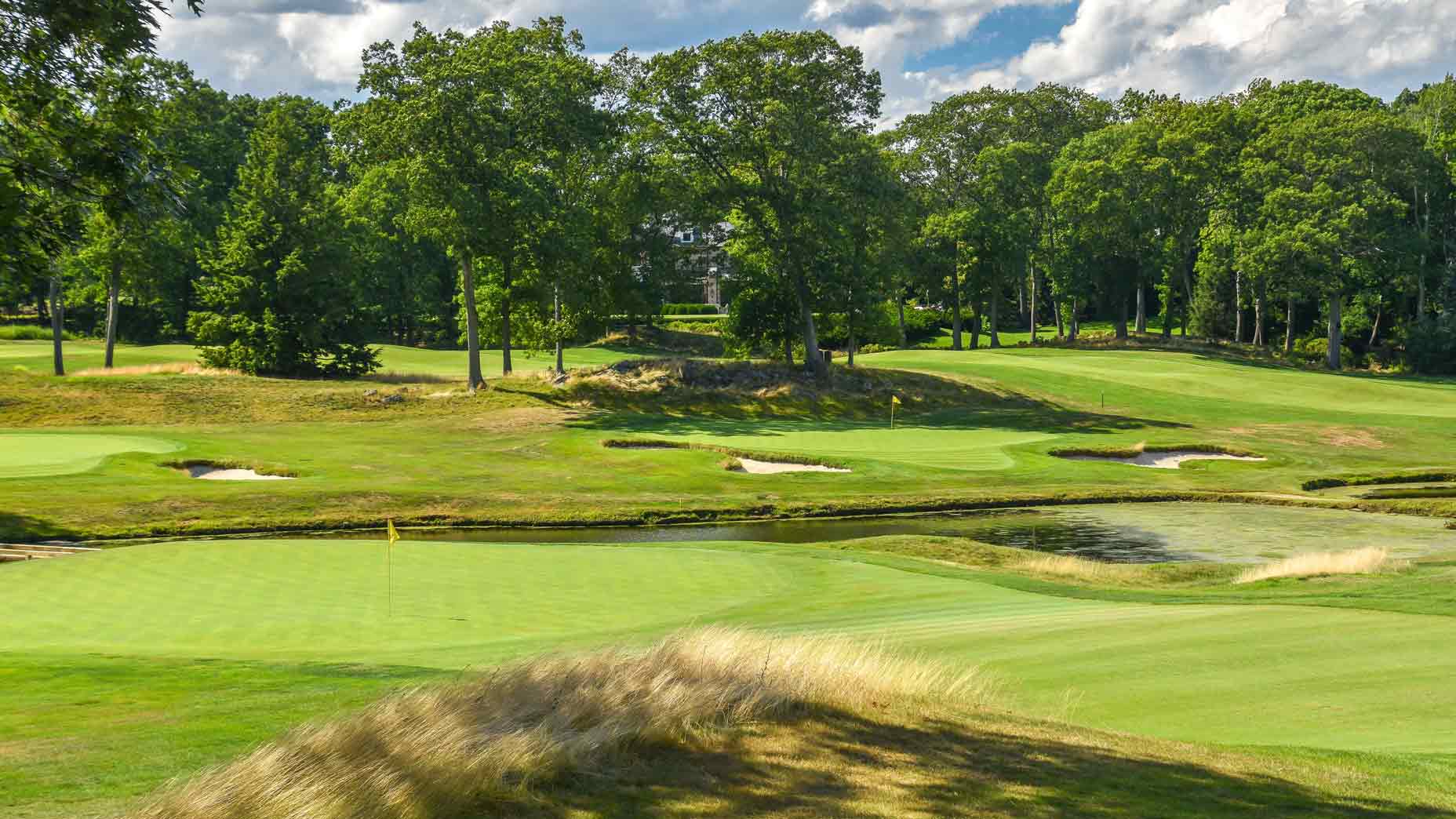GOLF Magazine recently launched its latest Top 100 Courses in the United States ranking (in print and online), and there’s nothing like a new Top 100 list to inspire friendly grill-room debate. Let’s dig into the list.
Which courses in the Top 100 most surprised you in how high they were ranked, and why?
Jeff Lewis (Panelist since 2003; has played 97 of the World Top 100): Let’s start by saying every course in the Top 100 and just about every course mentioned in the issue is outstanding and a joy to play. But, since you asked, Bethpage Black (No. 30). Ultimately the “restoration” of the Black course was one of the biggest missed opportunities of the last couple of decades. The course needed maintenance, not a makeover. Tee shots should bounce into fairway bunkers. Period. Hard to do that when the bunkers are placed so far into the rough. Let’s give this one another go and she should rightfully be a top-20 U.S. course. The bones here are infinitely better than many of the courses ranked ahead.
Noel Freeman (Panelist since 2010; has played 81 of the World Top 100): Sleepy Hollow (36). Gil Hanse and George Bahto did amazing work here and it is visually stunning but I must admit I like the Macdonald/Raynor holes more than the Tillinghast ones, and I don’t think the overall experience merits as high a rating as it received. This is not to say I don’t love the course. I just think it is 20-30 slots too high. The other, Somerset Hills (23). After playing the front nine I would agree with the ranking. But for my money, the back-nine routing, despite the great par-3s, is a bit of a letdown. As a compendium of both nines the finished course, while a Top 100 World for me, is still too high on our U.S. list. The back just does not have the jazzy flow of the front.
Tim Gallant (Panelist since 2019; has played 62 of the World Top 100): I love both designs at Winged Foot, but I’m always surprised that the West (15) is consistently ranked much higher than the East (46). In his Confidential Guide books, Tom Doak wrote that the East course has superior greens to the West, which is usually the first thing people point to when they defend the merits of the West. I was (pleasantly) surprised to see Myopia Hunt (43) ranked where it is, as it means I’m not the anomaly when it comes to thinking it is one of the country’s very best courses. I just love the ebb and flow of the round there, and the tilt of some of those greens!
Brian Curley (Panelist since 2010; has played 52 of World Top 100): Olympic Club. Listed at 54 I find it a very questionable Top 100. Plenty to applaud but is to me a relentless march of damp, repeatedly tree-lined holes that often fight the terrain. Also I’d say Bethpage. Not sure what to make of a remodel effort that barks sculptured and clean on what was once a wider and much more natural layout. Excessive bunkering on full display.
Barry Doyle (Panelist since 2020; has played 93 of World Top 100): The Golf Club (42). I’ve been surprised by The Golf Club’s staying power over time. In comparison to many of Pete’s other courses, I found The Golf Club to be relatively uninteresting and featureless, lacking in the recovery options and required creativity that many of his other gems provide. My other pick is Camargo. At 26, Camargo is 20-30 spots higher than I would expect. The greens here are fairly timid by Raynor standards. And the template holes are somewhat benign in relation to some of Raynor’s other great courses.
Which two courses in the Top 100 did you expect to finish higher in the rankings?
Lewis: Won’t restrict myself to two. A couple of NY metro areas rocketed up the charts as they did excellent restoration work. But a number of clubs on this list that did their work a few years back or are out of the spotlight are probably underrated. Winged Foot East, Plainfield, Piping Rock, Ridgewood, and Mountain Ridge can all hold their own with courses ranked 10-20 spots higher. Away from the Northeast, I would say that several of the Pete Dye entries are a bit under-appreciated. Pete Dye should get all of the credit for pulling us out of the Dark Ages (WWII-1960s) and bringing on the second Golden Age through his own work, and that of his colleagues and mentees. The Golf Club (42), TPC (45) and Honors Course (63) have all stood the test of time and deserve a bit more love.
Freeman: Rock Creek (48). This is in my top 25 in the world and is one of my favorite golf experiences. The rambunctious fairways and routing are a blast to play with great greens and strategies that utilize the whole playbook. At 48, it’s ranked way too low in my eyes. Staying on the Doak map, Ballyneal (34) is also in my personal world top 25, and about as much fun one can have playing a golf course. The all-world short par-4 7th “E” hole is worth the three-hour drive from the Denver airport.
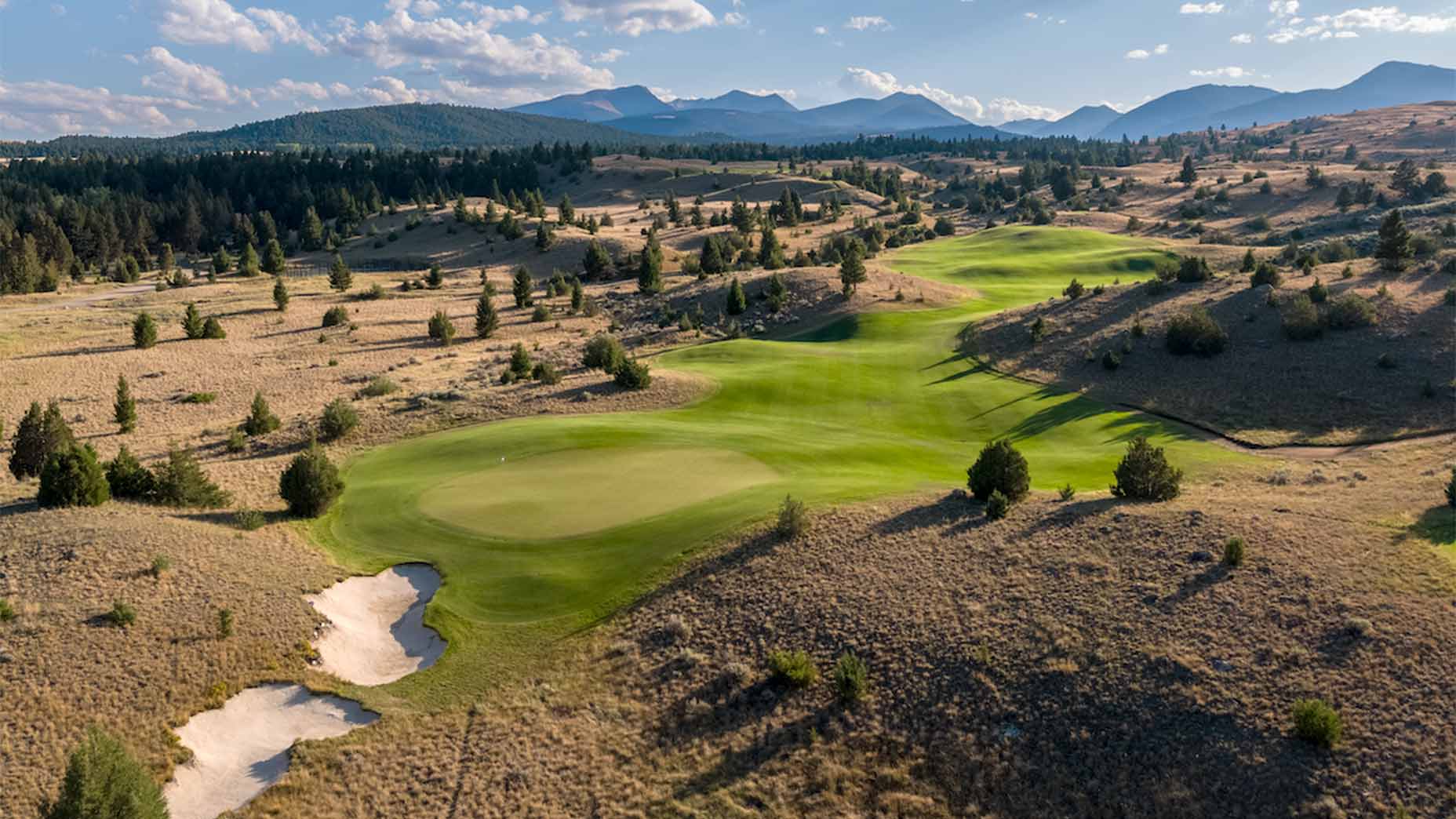
Gallant: I always think Pasatiempo (59) should be ranked higher than it is (even though any course in the Top 100 is quite a fantastic achievement). It has it all — wonderful par-3s, beautiful green contours and a fantastic use of the natural features of the property to make it feel like a one-of-a-kind design. I will always have a soft spot for Baltusrol and think the Lower (69) is a better course than most give it credit for. I imagine that once Hanse & Co. get done, everyone will rave about the course, but the bones have always been there.
Curley: Pebble Beach (10). With the exception of Pine Valley and Cypress Point, name another course above it that can offer a stretch that compares to holes 4 through 10? That’s essentially half a course of stunning holes with massive ocean views and cliffs in play. Then you get a strong finish with one of the most epic finishing holes in golf, and a 365-day golf season. C’mon, man! TPC Sawgrass (45). Arguably the most memorable and momentum-changing stretch of finishing holes in tournament golf. Has stood the test of time and plays no favorites when it comes to winners.
Doyle: Cherry Hills (100) is a masterclass in strategy and routing by William Flynn. With the club’s focus on tree clearing and Tom Doak’s recent renovation, the topography and individual hole designs are allowed to truly shine. And those greens, they are incredibly vexing providing intrigue on each and every putt — just ask Rory McIlroy, who four-putted No. 12 two days in a row at the 2014 BMW.
Which two courses that did not make the list do you think belong?
Freeman: Whippoorwill. This is a travesty, as this is the most underrated Met-area course. The Whip is a unique combination of Charles Banks and a Donald Ross routing. The routing runs through Yale-type terrain, heaving and tumbling and leaving the golfer, when all is said and done, with a wonderful feeling of adventure. Wykagyl is another underrated gem in the Met area. Very similar to the Whip in that this is terrific terrain, and it has had the hand of Ross, Tillinghast and, most recently, Coore and Crenshaw. I was shocked at how much fun and how strategic the holes were when I played it. It should be on all lists to see/play.
Lewis: Desert Forest and Atlantic. Red Lawrence’s original desert masterpiece has been drowned out by all of the development in the ensuing decades, but it is so unusually restrained and evokes Golden Age sensibilities as few desert courses can. Atlantic deserves credit for unrelenting efforts at improvement. Tweak by tweak, it has pulled itself up to the highest level.
Rookie class: Here are the 17 newcomers to GOLF’s Top 100 Courses in the U.S. listBy: GOLF Editors
Gallant: The Course at Yale. I know why it was dropped from the rankings, but even in its current poor condition, it’s an architectural marvel that deserves to be studied and appreciated. It’s a rollercoaster ride from start to end. Also, Meadowbrook in Michigan. Let’s give some credit to Andy Staples. Meadowbrook is electrifying! The memorability of the individual holes is sky-high, and the way the holes have a parkland feel to them, but in a modern way, feels innovative and exciting.
Curley: Wilderness Club (full disclosure, my design!) Rock Creek Cattle Co. is at 48 and deservedly so, and this similar locale course is as good yet in a more confined and walkable way. Built on sand in a Mountain view, forested meadow, it offers a similar playbook of natural design but is considered by many as the course more likely to play on a daily basis. Lacks rater play because of its remote location. The other, Spyglass Hill. No question in my mind a Top 100, especially for those who like a tough test. They should swap nines to place the better and more memorable holes on the back side, with the dune holes coming at what would be 11-14. It might not be the best of routings, but a great environment with solid holes and very little residential impact. Pete Dye once told me the best view on the Monterey Peninsula was from the clubhouse kitchen.
Doyle: Trinity Forest is a thought-provoking course that is reminiscent of some of the greatest courses in the world: St. Andrews Old Course, Royal St. George’s and Royal Melbourne immediately come to mind. With fairway ripples and bumps and great hazards prevalent throughout the design, creativity and imagination are in high demand throughout one’s round.
Which course on this year’s ballot are you most looking forward to seeing for the first time?
Inside GOLF’s Top 100 Courses vote: How we decide our rankingsBy: Ran Morrissett
Lewis: Wolf Point or Congaree. Wolf Point was recently put up for auction. I had never been there. When I saw how interested a number of people were in the outcome of the auction I started doing some research. Wow, does this look amazing! Glad it is in new hands and hope to see it soon. Congaree is located in the same region and keeps coming up in conversations about Ohoopee. There is bias in the world of golf architecture, and most of the folks who would be drawn to Gil Hanse’s latest design wouldn’t likely be inclined to sing the praises of a new Fazio effort, but sing they do. Next time I am in the neighborhood, I will definitely go have a look.
Freeman: Old Town. The restoration plus playing any of Perry Maxwell’s creations are something I feel the need to see. The bunkering work looks perfect and I’d like to see/compare it to Southern Hills.
Gallant: Garden City. As an architectural nerd, top of my list of places to see include Devereux Emmet’s Garden City. I’m always excited to see interesting and unique architectural features that challenge golfers in different ways. It’s like a throwback that’s still quite original to the world of golf.
Curley: No doubt, Ohoopee Match Club. For obvious reasons and to sample another stellar effort by Gil Hanse. I’m still kicking myself for a last-minute cancelation of an architects outing last year.
Doyle: Congaree. From the reports I’ve heard, Congaree is a Tom Fazio-designed course that embraces walking, the ground game and creativity. This is music to my ears, and a course I’m really looking forward to seeing.
